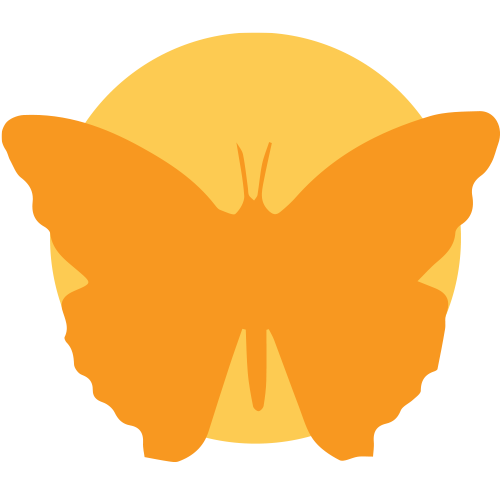


An Outdoor Learning Station is an area developed around a specific habitat (like a butterfly garden) or a specific topic (like weather). Habitat Labs developed through the Habitat Learning Lab Program (formerly known as the Alabama Outdoor Classroom Program) include a wide variety of learning stations that help teachers utilize the outdoors as an educational tool for hands-on, inquiry-based activities.
Click on the links to the example learning stations below for information to help you build, use and maintain them:
These outdoor learning stations are required for certification through the Habitat Learning Lab Program because these are the stations a school needs to teach Alabama’s Life Science Standards from Kindergarten through high school Biology.
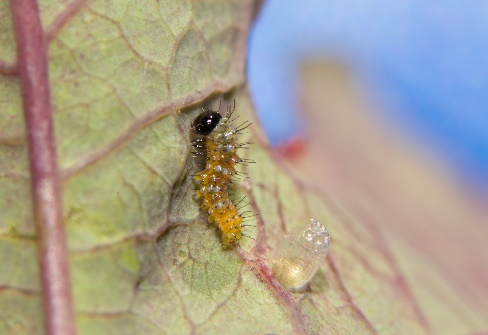
Includes host and nectar plants so that students can observe the metamorphosis of a caterpillar into a butterfly… and more.
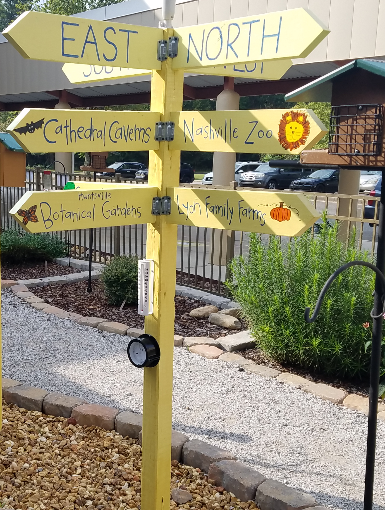
A post with arrows attached pointing North, South, East, and West so students can track the path of the sun, learn about geography… and more.
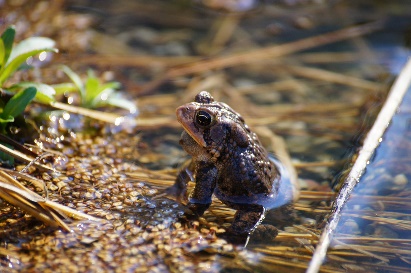
This bog and pond provide food, water, and shelter for frogs and their tadpoles so students can observe the life cycle of frogs… and more.
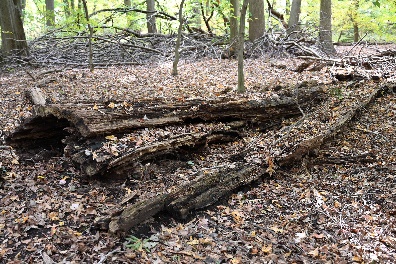
Logs and leaves placed on bare ground allow students to observe decomposers at work… and more.

Includes flowering perennials that attract pollinators so students can observe the process of pollination… and more.
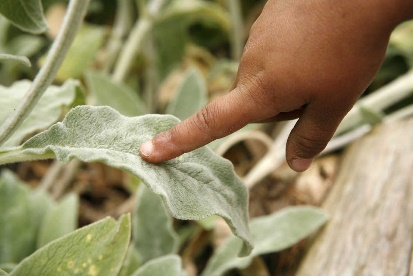
Includes perennials that engage all five senses so students can learn how to use their senses as they record their observations.
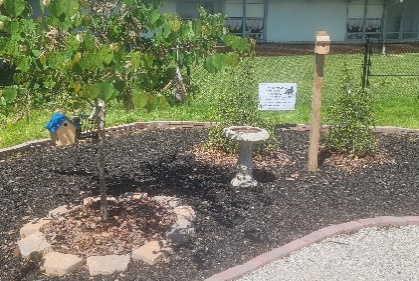
Provides food, water, shelter and places to raise young for songbirds so students can observe bird adaptations, track bird migration…and more.

Includes weather instruments that students can use to measure, record and track weather conditions over time.
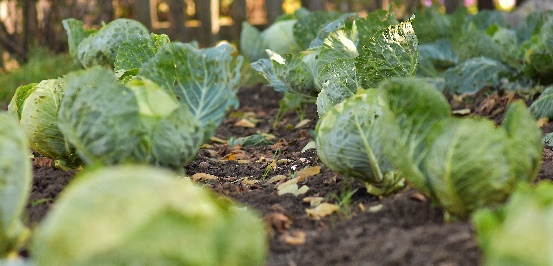
This vegetable garden can be planted and harvested during the fall to teach students about plants, where their food comes from… and more
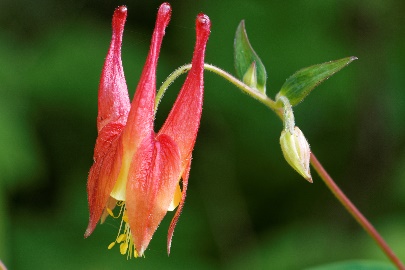
A shaded garden with moist soil where students can study the native wildflowers that bloom in the spring.
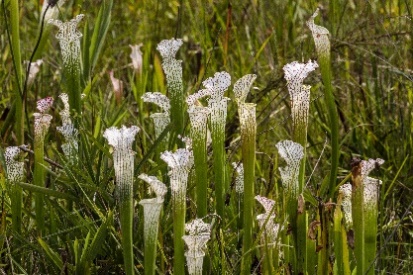
A type of wetland constructed with peat moss and sand as soil where you can grow bog plants like the carnivorous pitcher plant.

A semi-aquatic garden with a chamber of pea gravel under the soil to collect rainwater from downspouts to help prevent erosion.
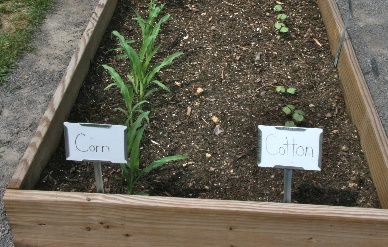
A raised bed garden that includes annual plants chosen around a specific topic such as Alabama row crops.
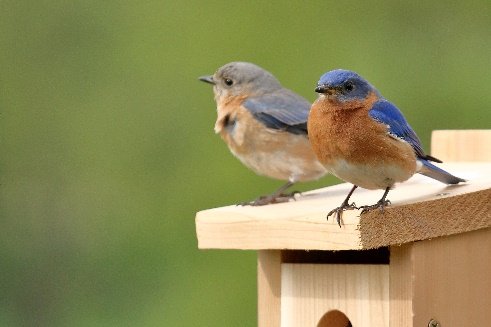
A trail of nesting boxes around the school’s campus to provide highly needed habitat for these cavity nesting birds.
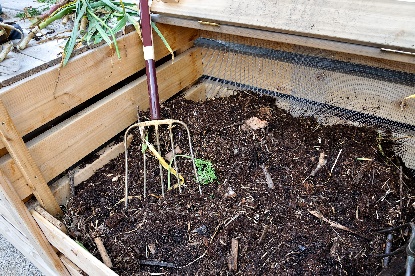
An area for collecting “green waste”, such as leaves, allowing the materials to break down into a nutrient-rich compost with time.
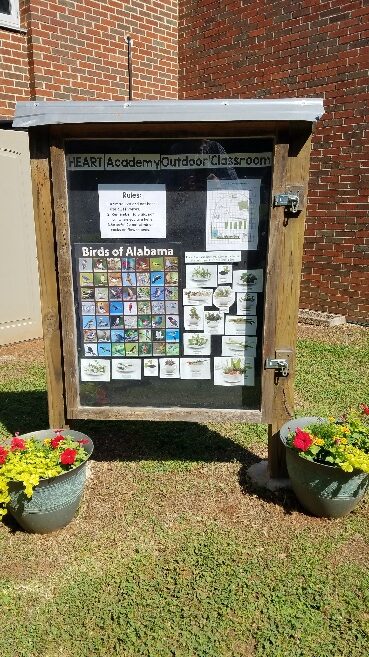
A kiosk that can be updated as needed with eductional information related to your Habitat Lab learning stations.
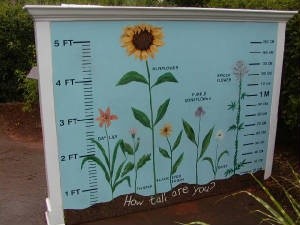
A wall where students compare their height to flowers and/or their arm spans to the wingspans of common Alabama birds.
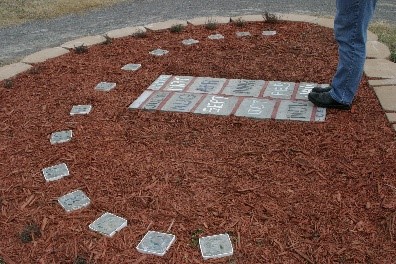
Students can tell the time of day based on the month of the year and the position of their shadow when they stand in the sundial.
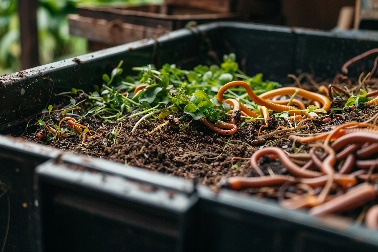
A container where you raise red wiggler earthworms, use the worms for composting, and collect their castings (poop) for fertilizer.
Website Design and Digital Marketing by